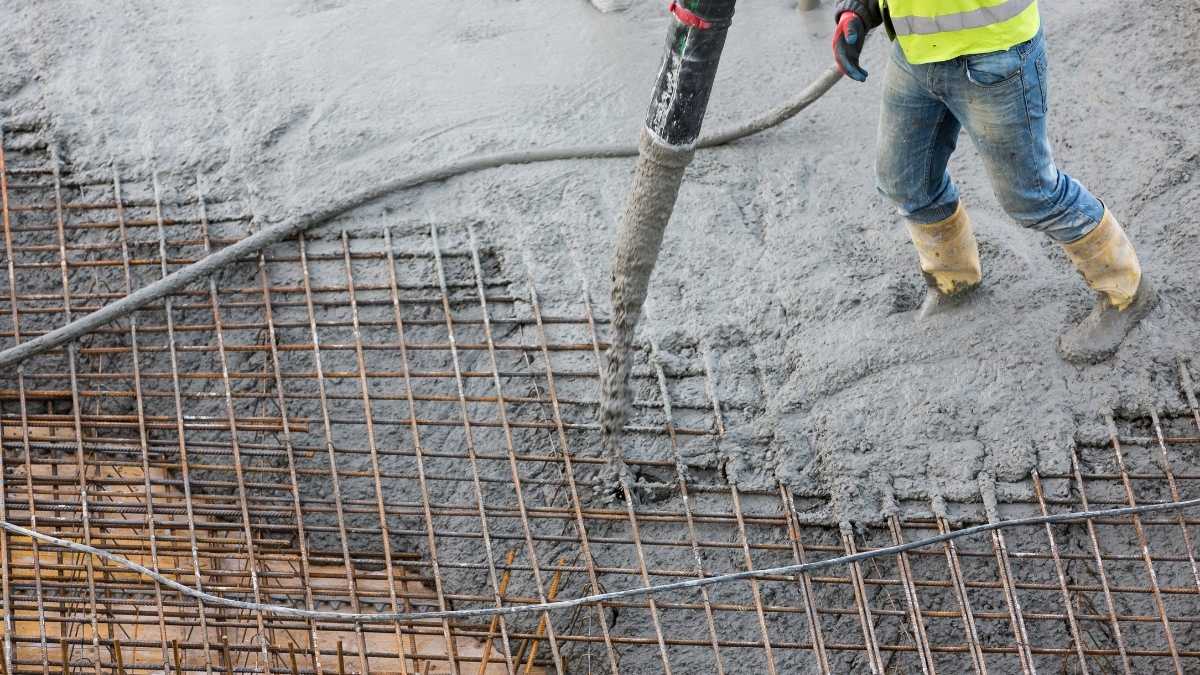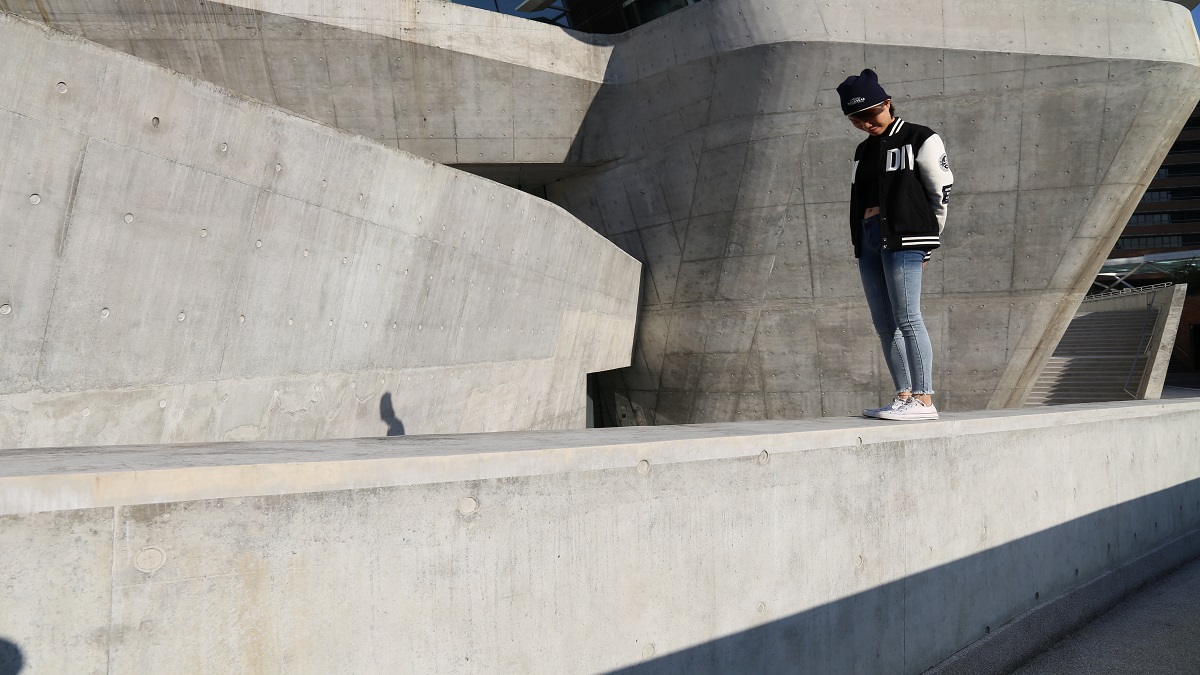Compaction factor test is conducted to determine the workability of the concrete. Compaction factor test is a lab test and is generally conducted on concrete samples with very low workability.
Read more
Civil Engineering Simplified
 Reinforced cement concrete is a topic you will need to familiarize at some point, if you are into civil engineering field. The category explicitly presents it. Reinforced cement concrete (RCC), a composite material has been accepted worldwide as a construction material, bridges, retaining walls, docks and harbour, airfield pavements, flyovers,multi-storey building,complexes and simple houses etc., Concrete is good in resisting compression but is very weak in resisting tension. Hence reinforcement is provided in the concrete wherever tensile stress is expected. The best reinforcement is steel since the tensile strength of steel is quite high and the bond between steel and concrete is good. As the elastic modulus of steel is high, for the same extension the force resisted by steel is high compared to concrete. However in tensile zone, hair cracks in concrete are unavoidable. Reinforcements are usually in the form of mild steel or ribbed steel bars of 6 mm to 32 mm diameter. A cage of reinforcements is prepared as per the design requirements, kept in a formwork and then green concrete is poured. After the concrete hardens, the formwork is removed. The composite material of steel and concrete now called R.C.C. acts as a structural member and can resist tensile as well as compressive stresses very well. Aggregates are the inert or chemically inactive materials which form the bulk of cement concrete. These aggregates are bound together by means of a cement. They can be classified into two. The selection of aggregate is based on the purpose and its maximum size.
Reinforced cement concrete is a topic you will need to familiarize at some point, if you are into civil engineering field. The category explicitly presents it. Reinforced cement concrete (RCC), a composite material has been accepted worldwide as a construction material, bridges, retaining walls, docks and harbour, airfield pavements, flyovers,multi-storey building,complexes and simple houses etc., Concrete is good in resisting compression but is very weak in resisting tension. Hence reinforcement is provided in the concrete wherever tensile stress is expected. The best reinforcement is steel since the tensile strength of steel is quite high and the bond between steel and concrete is good. As the elastic modulus of steel is high, for the same extension the force resisted by steel is high compared to concrete. However in tensile zone, hair cracks in concrete are unavoidable. Reinforcements are usually in the form of mild steel or ribbed steel bars of 6 mm to 32 mm diameter. A cage of reinforcements is prepared as per the design requirements, kept in a formwork and then green concrete is poured. After the concrete hardens, the formwork is removed. The composite material of steel and concrete now called R.C.C. acts as a structural member and can resist tensile as well as compressive stresses very well. Aggregates are the inert or chemically inactive materials which form the bulk of cement concrete. These aggregates are bound together by means of a cement. They can be classified into two. The selection of aggregate is based on the purpose and its maximum size.

Compaction factor test is conducted to determine the workability of the concrete. Compaction factor test is a lab test and is generally conducted on concrete samples with very low workability.
Read more
Reinforced cement concrete design methods 1. Working stress method 2. Limit state method… Uses of RCC, Properties of RCC, major books..
Read more